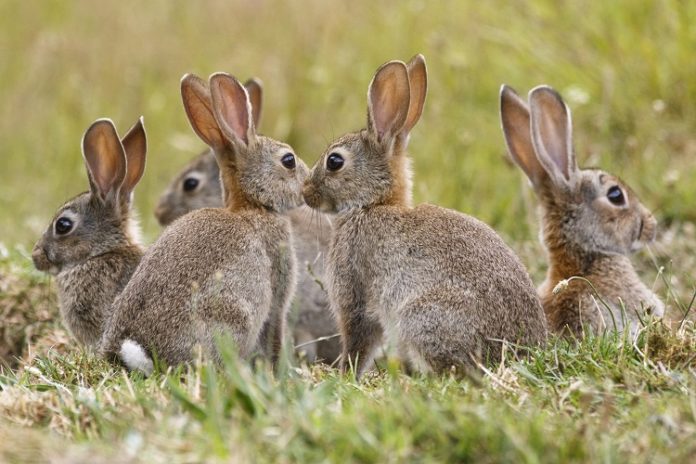
DES MOINES, Iowa — State wildlife experts are on the lookout for a new virus impacting the native rabbit and hare populations in Texas, Arizona, Colorado, California and New Mexico and that might be moving toward Iowa, the Iowa Department of Natural Resources (DNR) announced Tuesday.
Rabbit hemorrhagic disease can persist in the environment and can be spread from rabbit to rabbit by predators, insects and even by vehicle traffic, impacting populations in new areas. While the virus is not currently in Iowa, it is as close as eastern Colorado and northern Texas.
The disease could have a significant impact on native rabbit populations that have not experienced a virus like this before, according to Iowa State Wildlife Veterinarian Dr. Rachel Ruden. Feral and domestic rabbits are also susceptible, Ruden said, and getting this virus on Iowans’ radar is key to minimizing its impact should it show up here.
“Eastern cottontails are fairly common and seeing a single dead rabbit should not be a cause for alarm — common rule-outs include vehicular collision, cat attack, or other predator attack,” Ruden said. “However, if you see any unusual mortality, like clusters of dead rabbits with no obvious sign of external trauma, we’d like you to contact the DNR. Infected animals die quickly, sometimes with blood visible around the nose but often with no signs of illness. If you see something that doesn’t look right, give us a call. Early detection can help prevent a larger outbreak in Iowa.”
The recently emerged strain of rabbit hemorrhagic disease, RHDV2, was first detected in Europe in 2010. It is not related to epizootic hemorrhagic disease that can cause mortality in deer or COVID-19, the current cause of the human pandemic. It does not pose a risk to people and is not known to affect other animals, Ruden said.
















